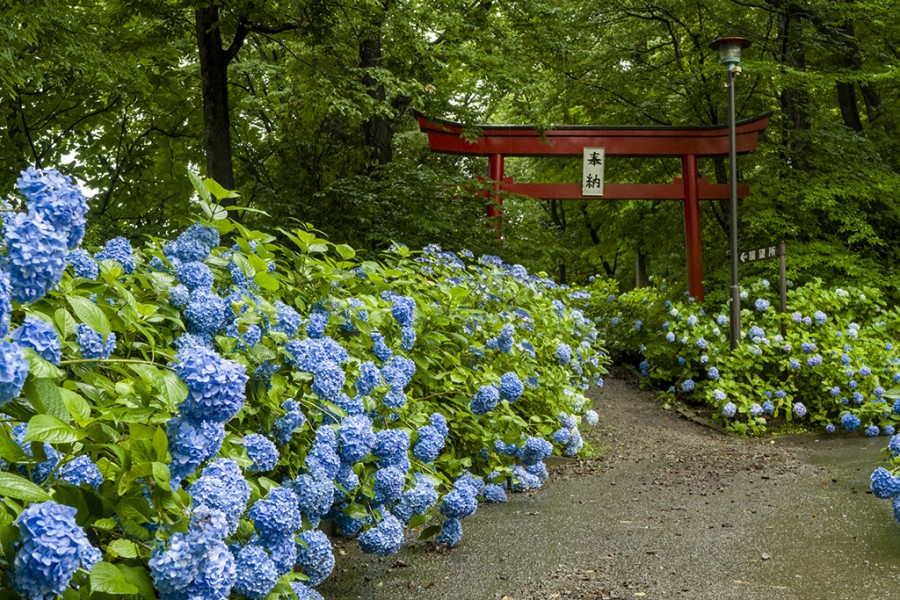
Doaidate Park
Approximately 5,000 colorful hydrangeas bloom here every summer. Nicknamed by locals as "Hydrangea alley," this is a great place for relaxing or taking photos.
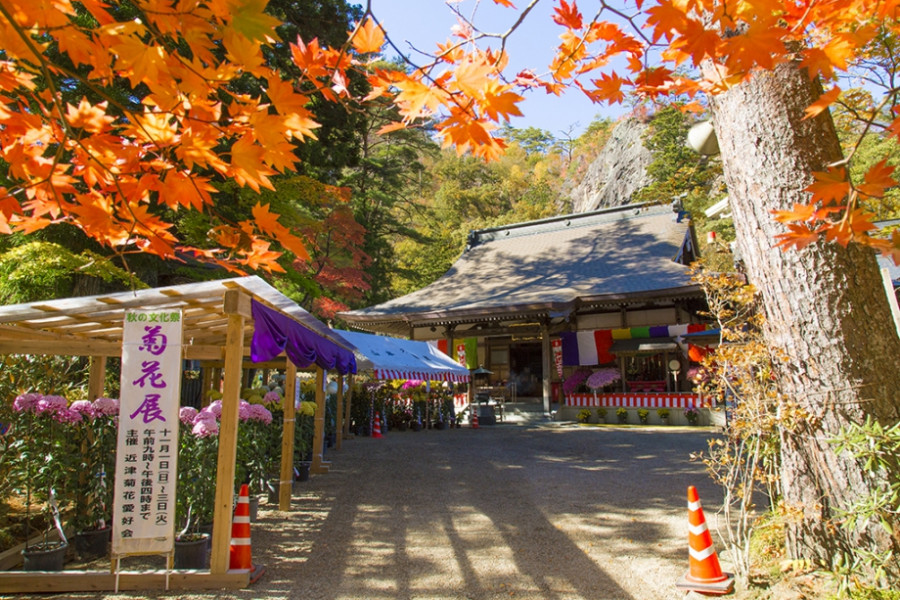
Yamamoto Fudoson Temple was built over 1000 years ago in a rocky cavern. The temple can be reached by taking paths lined with century-old Japanese cedar trees, and climbing a 130-step stone staircase. The cave that makes up part of the Yamamoto Fudoson temple grounds is where the Buddhist deity enshrined at this temple is worshipped. Yamamoto Fudoson Temple is located in Yamamoto Park. This park is centered in a valley – 5 km of which is designated as an Okukuji Prefectural Natural Park. A wonderful place for flower-viewing throughout the year, this area is also great for experiencing beautiful autumn leaves.
| Website | http://www.yamamotofudouson.or.jp/(Japanese) |
|---|---|
| Best Season | All Year |
| Parking | Available |
| Entrance Fee | Free |
| Related info | Best time to visit to see autumn leaves: Late Oct. to early Nov. |
| Access | Kohizawa 94-2, Kitayamamoto, Tanagura Town, Higashi-Shirakawa, Fukushima Pref. 963-5685 View directions |
|---|---|
| Getting there | By Car: 40 min from the Yabuki-chuo I.C. exit off the Tohoku Expressway By Train: 8 min by taxi from JR Chikatsu Station (JR Suigun Line) |

Approximately 5,000 colorful hydrangeas bloom here every summer. Nicknamed by locals as "Hydrangea alley," this is a great place for relaxing or taking photos.
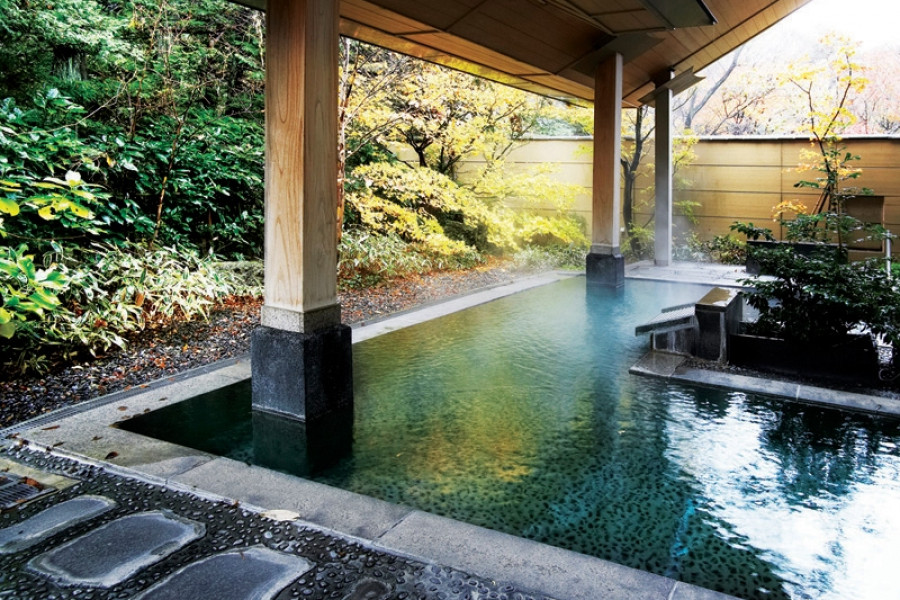
It is said that Bandai Atami Onsen was founded about 800 years ago by Princess Hagi Hime, as the waters were thought to cure certain diseases. Now Bandai Atami Onsen has become famous in Japan as an onsen resort town with hot spring water that has beautifying effects. It is also well-known for the fantastic views bathers can enjoy of the Gohyakugawa River valley, which are visible from the town's open-air baths. The soft and gentle quality of the spring water makes your skin amazingly smooth, so please lie back, relax and rest your body, and mind too. Bandai Atami Onsen is popular as Koriyama’s go-to sanctuary for taking a break from the hustle and bustle of everyday life, and the charming ryokan of this town attract people heading for Bandai Kogen sightseeing spots as well as those in Aizu.
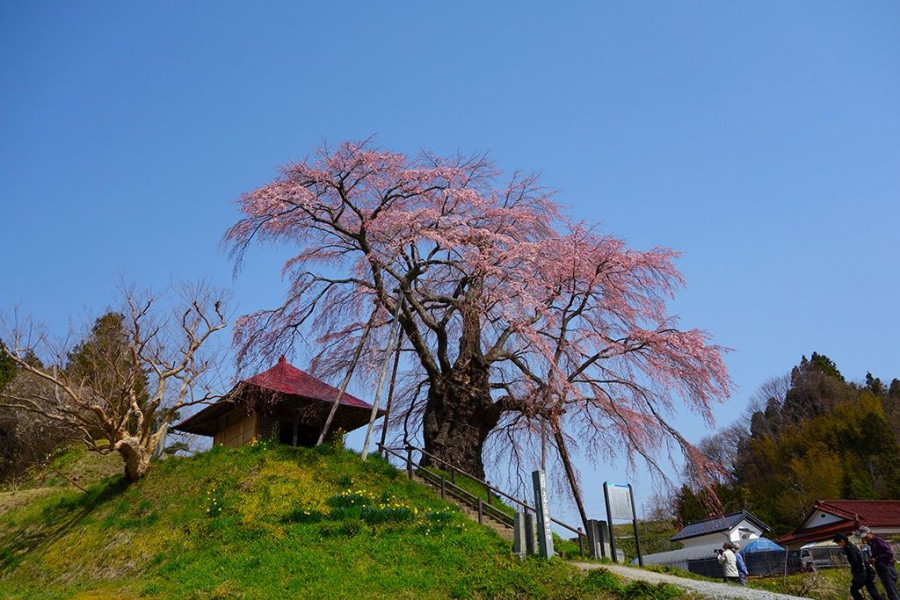
This tree is located on the grounds of a temple dedicated to the Buddhist deity Acala (known as Fudo Myoo in Japan), and is thus known locally as the Fudo Cherry Blossoms. The tree is about 350 years old and is considered to be a descendant of the Miharu Takizakura, a famous cherry tree located in nearby Miharu Town. Photography tip: Angle your camera so you capture both the cherry blossoms and the yellow canola flowers.
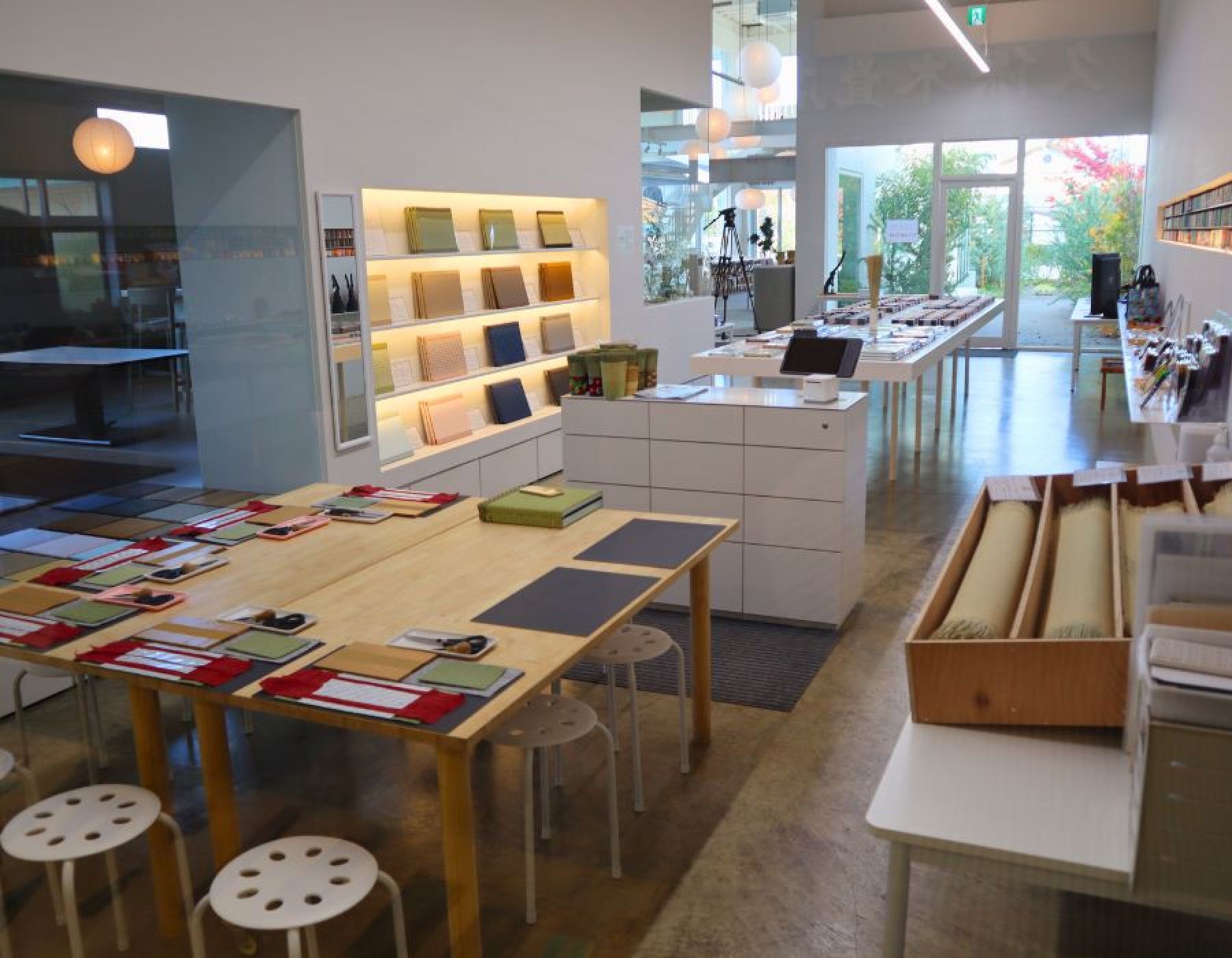
TATAMI VILLAGE (Kuboki Tatami Shop) is a shop, cafe, and workshop in Sukagawa City in Southern Fukushima prefecture. The Kuboki Tatami business was founded in 1740 in Sukagawa and is currently run by the 15th generation of the same family. ‘Tatami’ is a kind of woven mat made with rush grass frequently used as flooring in traditional Japanese-style rooms. Kuboki Tatami is not only dedicated to flooring, but also makes tatami coasters, smartphone mats, and accessories made with tatami-heri (a kind of ribbon used to fasten the sides of a tatami mat).At Tatami Village, visitors can make a tatami coaster or a pouch made of tatami-heri. Both experiences take approximately 30 minutes to complete. Additionally, the cafe on site serves matcha and seasonal sweets, and features a modern, bright space that uses tatami elegantly.
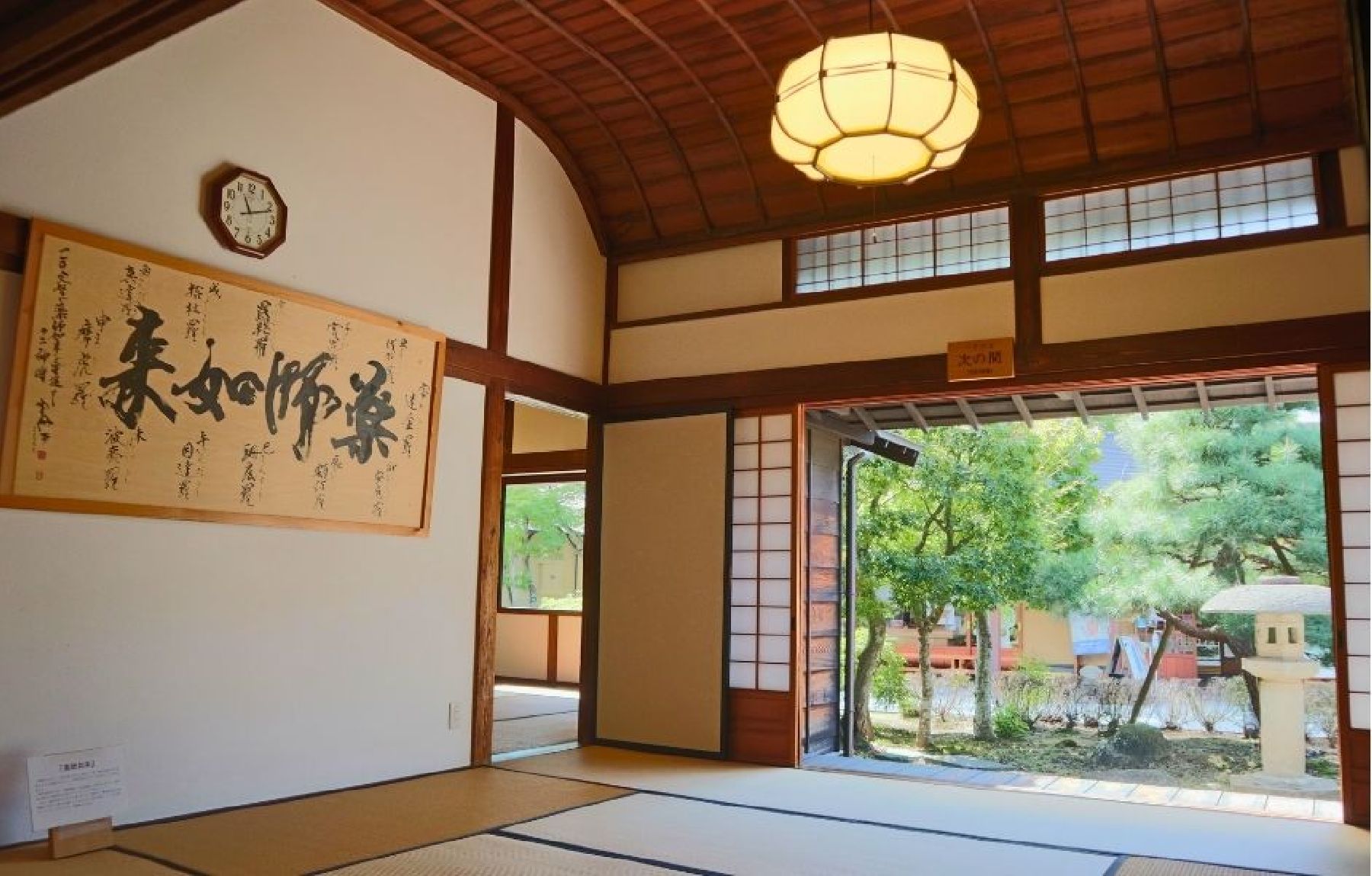
Kyu Horikiri-tei is a property steeped in history. Built in 1775, the building has been preserved since the Edo Period thanks to wealthy farmers and merchants. The property contains a large kura (storehouse), called Jukken Kura, as well as a traditional Japanese manor house.There is a public footbath located onsite. Use of the public footbath - which gets its water from the nearby onsen hot spring source - is accessible for wheelchair users. Japanese-speaking volunteer guides, knowledgeable about the history of Kyu Horikiri-tei and the rest of Iizaka Onsen, are available upon request.
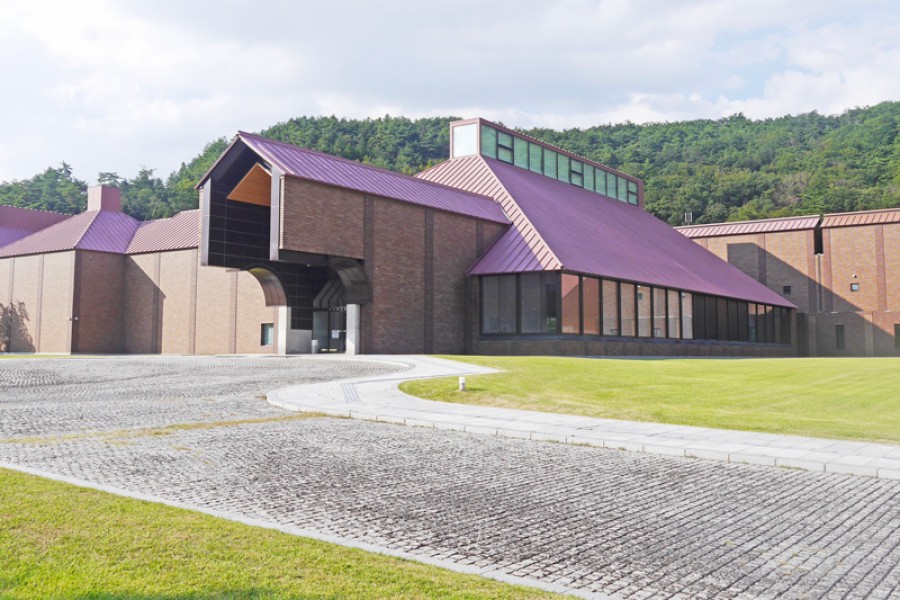
Fukushima Prefectural Museum of Art, located at the foot of Mt. Shinobu on the north side of Fukushima City, houses over 2,000 pieces of art, including paintings, block prints, carvings, craft works, and more. Some highlights of the museum's collection include paintings by Shoji Sekine and woodblock prints by Kiyoshi Saito, both of whom were born in Fukushima Prefecture, as well as a collection of impressionist art, and 20th century paintings by artists such as Ben Shahn and Andrew Whyeth.
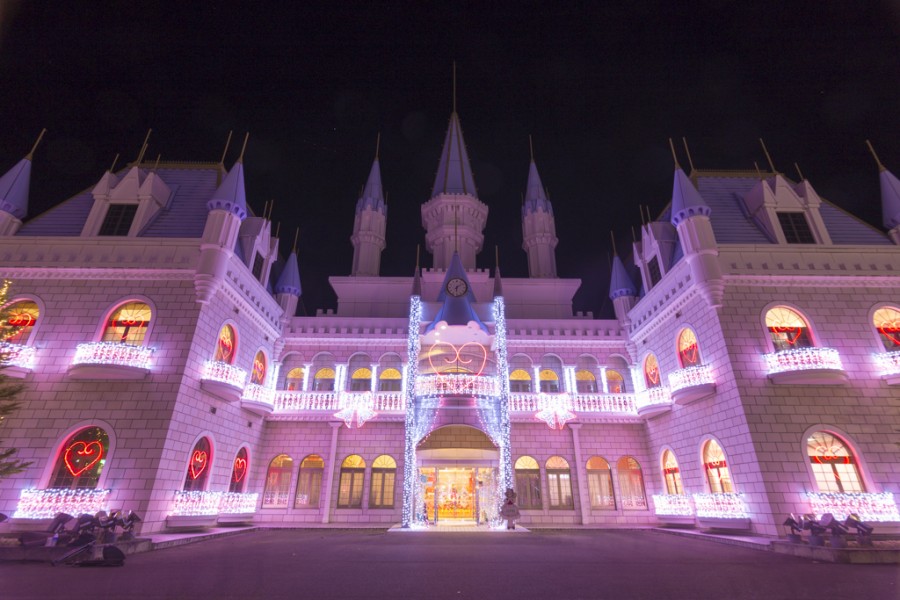
Licca Castle houses a production studio and museum both dedicated to Licca dolls (Japanese fashion dolls). In this building designed in the image of a European castle, you can find out everything there is to know about the five generations of Licca dolls.
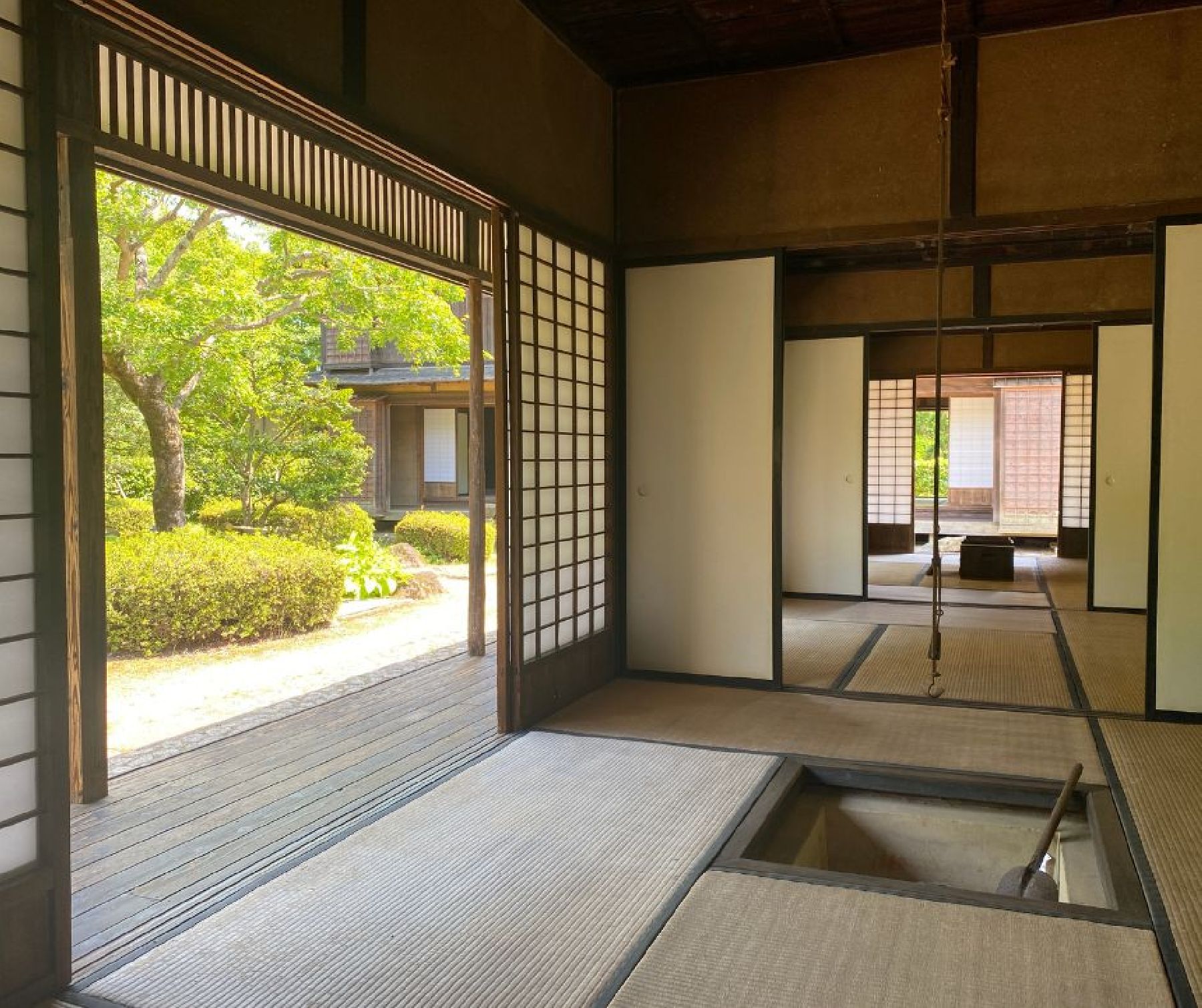
Traditional structures from northern Fukushima built between the Mid-Edo to Meiji era (1700 – 1912) – including restaurants, private houses, storehouses, and even a theater – have been relocated to Fukushima City Minka-en Open-Air Museum.At Minka-en these buildings are restored and displayed to the public, along with a range of artefacts and tools used in daily life in years gone by.Also, a number of special events, such as sword-smithing demonstrations, are held every year to celebrate and promote traditional folk crafts and skills.